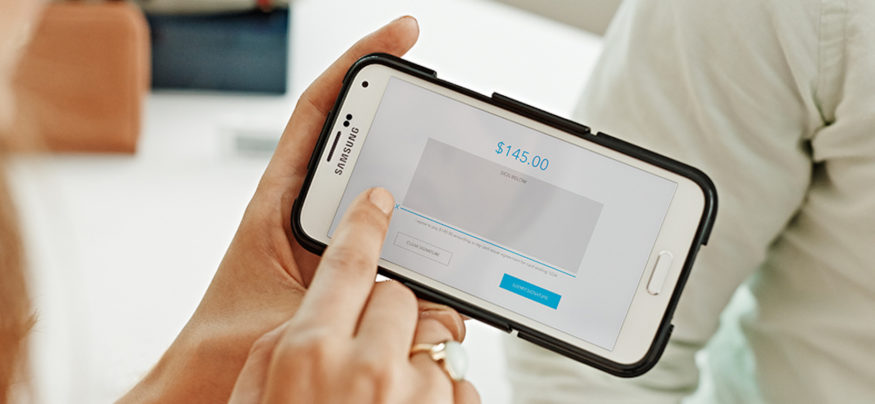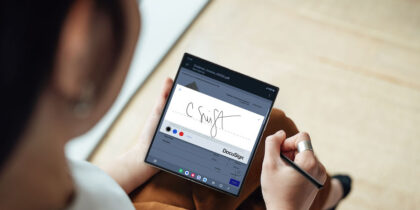“Blockchain” and the “Internet of Things” (IoT) may be the buzzwords of the moment, and for good reason. In the last few years, the decline in value of Bitcoin shifted the debate on its disruptive impact from a focus on a single currency to the potential impact of the underlying technology of blockchain, a permission-less, distributed database also referred to generically as the distributed ledger. Innovators and idealists in the venture capital space — initially united behind the Bitcoin ledger — gave way to a debate between industry experts and those at startups such as Coinbase and Ripple that led to a view that the database was potentially more important than Bitcoin had been over the past two years.
In 2016, the conversation has forked, focusing on one side on how this database can drive down transaction costs within banking (and not just at the mobile wallet or consumer layer); while beyond banking, it revolves around how blockchain might enable other forms of innovation, including the adoption of IoT.
IT professionals looking to push their organizations ahead may be familiar with this concept and how it works, but it’s important to go beyond a basic understanding to see the critical interrelationship between IoT, blockchain and mobile.
From Fringe to Mainstream
As noted in Capgemini’s recent white paper, “Blockchain: A Fundamental Shift for Financial Services Institutions,” the database is a decentralized, consensus-based, tamper-proof data structure that provides a shared public ledger open to all. It’s significant because it upends much of how payments and financial services work today, providing a path to all while eliminating fraud and removing the need for a middleman to provide the element of trust, potentially changing the payment-cost model dramatically.
As Capgemini notes, the origins of Bitcoin are murky, but the history is less important today than an understanding of how blockchain functions as a public ledger, distributing and sharing all transactions at the same time to all computers in a network. Information can only be updated by a consensus of a majority of the participants in the system, and can never be erased.
Blockchain and Banking
While Cointelegraph and others that focus on this and other cryptocurrencies are trusted sources of information about this category, it’s critically important to see the landscape and how, as Imran Gulamhuseinwala, head of the EY FinTech practice, told Deloitte, it’s a threat of real significance to banks.
However, opinions differ about when blockchain will start to have a mainstream effect. Some skeptics, like industry analyst Chris Skinner, have argued that a decade will transpire before we see widespread impact from the database. More upbeat about the potential impact and need to move ahead with exploration include UBS CIO Oliver Bussman, who told CIO that this will heavily impact financial services, citing the potential to reduce payment processing times from days to seconds.
Blockchain and the IoT
Beyond the world of banking, there’s another realm in which this database has huge potential. The IoT is the connected world of devices, vehicles, buildings and other entities embedded with software, sensors and network connectivity. It refers to everything from connected thermostats to IP-enabled doorbells and autonomous vehicles like the Tesla Model S, complete with Summon Mode. Concerns about the ability of malicious actors to hack into the car you’re driving or access your home reinforce the need for security and highlight the challenges of the internet, which was designed for redundancy and collaboration rather than security. Blockchain, however, has the potential to address those concerns.
IBM and Samsung recently presented a proof of concept for ADEPT, which uses the blockchain database to build a distributed network of devices — a sort of decentralized IoT. ADEPT (Autonomous Decentralized Peer-to-Peer Telemetry) taps into this source to provide a secure, low-cost way for devices to interact. According to the executive report, an appliance such as a dishwasher could initiate “smart contracts” to issue commands to a detergent retailer for supplies. These contracts give the device the ability to pay for the order and later receive word from retailer that the detergent was paid for and shipped.
This information would be broadcast in the form of an alert to the washer’s owner, who might be notified on their smartphone. It turns out that the concept of IoT and a lot of the futuristic scenarios we see around the corner involve mobile for notifications and control, as well as blockchain — which means it’s not just for bankers anymore.
Learn more about tech trends in finance, as well as how to bolster your payment security.







